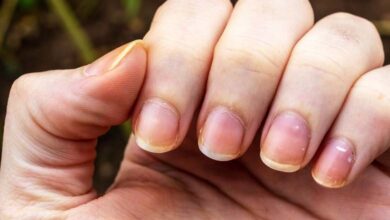Why Joint Pain Increases in Cold Weather: Scientific Analysis and Practical Recommendations

Many individuals with joint pain—whether from arthritis, osteoarthritis, or previous injuries—notice their symptoms worsen when the weather turns cold and damp. This phenomenon, widely reported in the general population and confirmed by several clinical studies, is only partially understood. Multiple physiological and environmental mechanisms contribute to this increased sensitivity.
Physiological Mechanisms Behind Increased Pain
- Changes in synovial fluid viscosity: Joints are lubricated by synovial fluid, which reduces friction and facilitates bone movement. Cold temperatures can increase the viscosity of this fluid, making it thicker and limiting joint mobility, thereby intensifying stiffness and pain perception.
- Soft tissue reactions: Tendons, ligaments, and muscles surrounding joints contract and stiffen in response to cold, reducing flexibility. This contraction can place additional pressure on the joints and exacerbate pain, particularly in the knees, elbows, and fingers.
- Nerve sensitivity: Cold temperatures can affect the peripheral nervous system, increasing pain sensitivity. Nerve fibers respond to temperature changes and may amplify pain signals from already damaged or inflamed joints.
- Barometric pressure changes: Atmospheric pressure often decreases during cold and humid periods, which can affect pressure inside the joints. A drop in barometric pressure may cause surrounding tissues to expand, increasing pressure on nerve endings and intensifying pain perception.
Specific Aggravating Factors
- Osteoarthritis and arthritis: Individuals with osteoarthritis or rheumatoid arthritis frequently report increased pain in cold weather, as the cold exacerbates joint inflammation and limits mobility.
- Old injuries: Joints with previous fractures, sprains, or surgeries are particularly sensitive to temperature and pressure fluctuations.
Low muscle mass: Muscles stabilize joints. Insufficient muscle strength can increase stiffness in cold weather because muscles contract more to protect against the cold.
-
What is the Relationship Between Allergies and Ear Pain?
-
Causes of Knee Pain in the Elderly and Treatments
Recommendations to Reduce Pain
- Regular physical activity: Exercises such as gentle stretching, swimming, walking, or yoga help maintain joint mobility and improve blood circulation, reducing stiffness and discomfort.
- Local heat application: Using hot packs, warm compresses, or baths can relax muscles and ligaments around the joint and improve flexibility.
- Proper clothing: Wearing gloves, thick socks, and thermal clothing helps protect exposed joints and maintain body heat.
- Supplements and nutrition: Certain supplements, such as omega-3 fatty acids, glucosamine, or chondroitin, may support joint health and reduce inflammation. A diet rich in antioxidants and vitamins also promotes joint health.
- Managing humidity and pressure: Staying in warm, dry indoor environments can limit fluctuations in pressure and humidity, reducing joint discomfort.
Increased joint pain during cold weather results from a combination of factors, including synovial fluid viscosity, soft tissue contraction, nerve sensitivity, and barometric pressure changes. While the weather cannot be controlled, the impact of cold on joints can be mitigated through regular exercise, appropriate thermal measures, and a diet that supports joint health. Patients with arthritis or osteoarthritis should consult a healthcare professional to develop a personalized plan for pain prevention and management.
-
How Can People with Hemophilia Live a Normal Life?
-
7 reasons why you should take off your wedding ring during workouts












